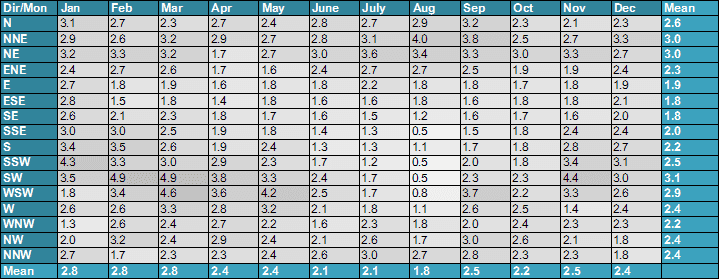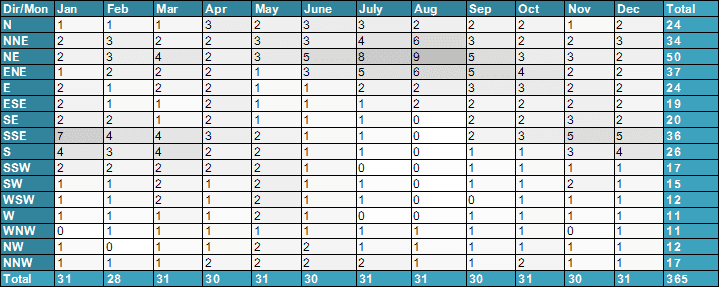
In Which Direction, How Many Days and How Will the Wind Blow
For instance, you have a project design and you do not have sufficient or understandable climate data for your location. In this case, we analyze the climate of that region for the historical period and report it with graphics according to your needs for the last 20, 30 or 40 years. In this way, you can reach the important climate design criteria directly from which side the wind blows, how strong, how many days you cannot sit on the balcony or where the odors tends to go from your chimney.
The high-rise buildings on Eski Büyükdere street are thought to play a role in the reduction of northern winds reaching the city. We also plan to wonder and examine this issue. In fact, we went a little beyond the plan.
Because of how we use the high performance computers of a hardware supplier like Amazon for wind-based comfort calculations that we have prepared for the city-wide, neighborhood or a project specific, which computational fluid dynamics solver compiled and tried new methods to get fast and reliable results or so many buildings. I will not mention how quickly and accurately we model. I will talk about how many days the wind is blowing in exactly which direction and how much its intensity, which is a subject that needs to be criticized before all of them, how we derive this information.
As it is known, we can apply computational fluid dynamics method in atmospheric sciences with our meteorological colleagues friends and model air movements all over the world. What we mean by air movements is for generating or predicting data such as temperature, humidity, lightning, precipitation, snow and wind for past periods. Since we will talk about wind comfort at the pedestrian level, let us explain what we are doing for wind.

For example, according to the graphic above, we can determine how velocity the wind is blowing in which direction in which month. By using this information, which is the first condition for analysis, we run and examine the negative results that may arise in the interaction of the wind with the correct starting conditions. It may be necessary to analyze according to different wind intensities that will occur at different times, rather than analyze according to an average wind velocity.

Our secondary data type is to determine how many days the wind direction repeats in which month. Thus, as a result of the analysis studies, we have the opportunity to determine in which months, in a design with an open seating area (this may be your balcony or garden), this place is suitable for sitting. Thus, you have the ability to report the level of comfort you provide for your tenant.
Many different software platforms that can be used in pedestrian level wind comfort analysis studies or speed increase depending on equipment may come to the fore. But one of the important issues is the wind velocity level and direction information you apply as a boundary condition. In our next article, we will continue to mention basic wind behaviors that cause discomfort.



